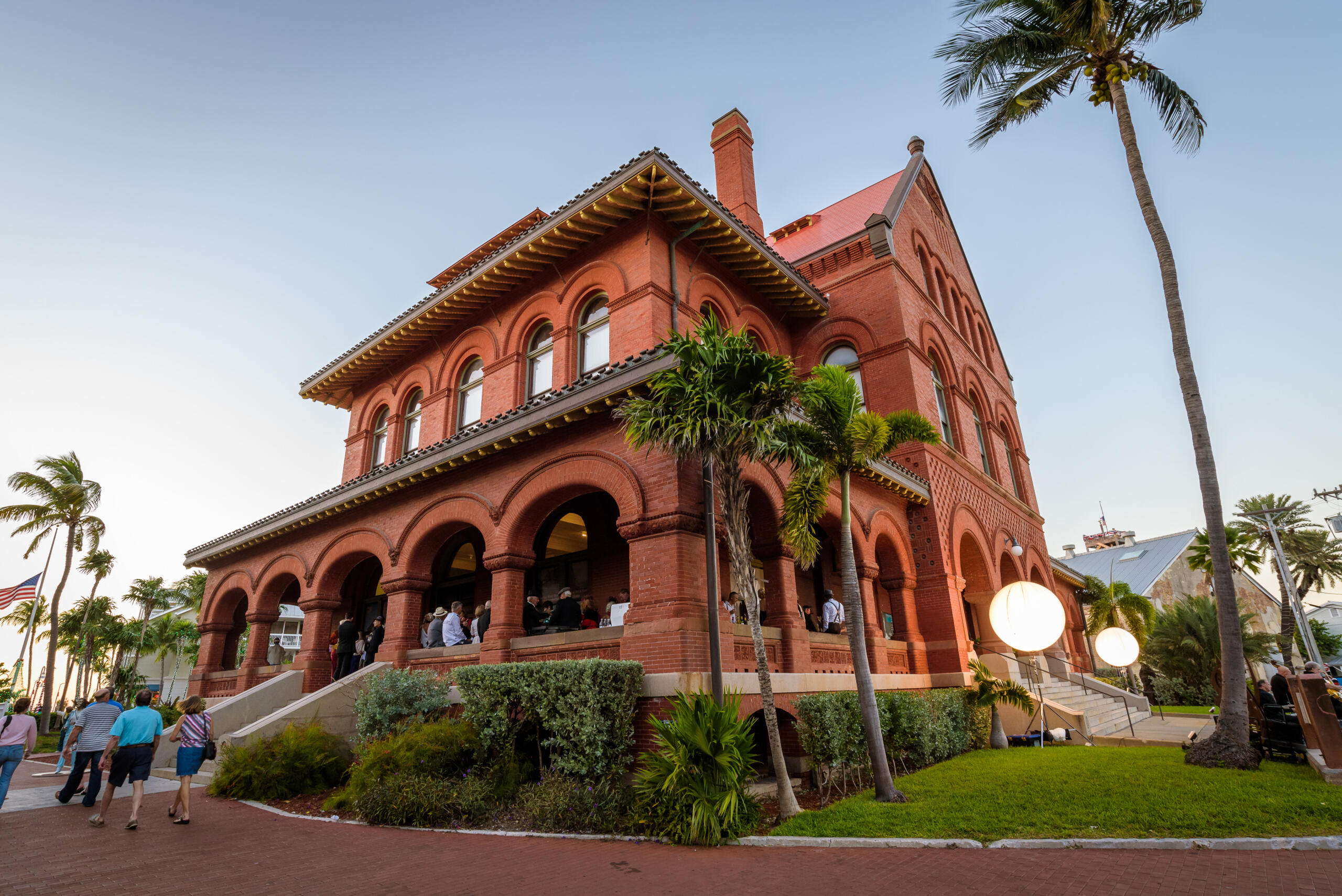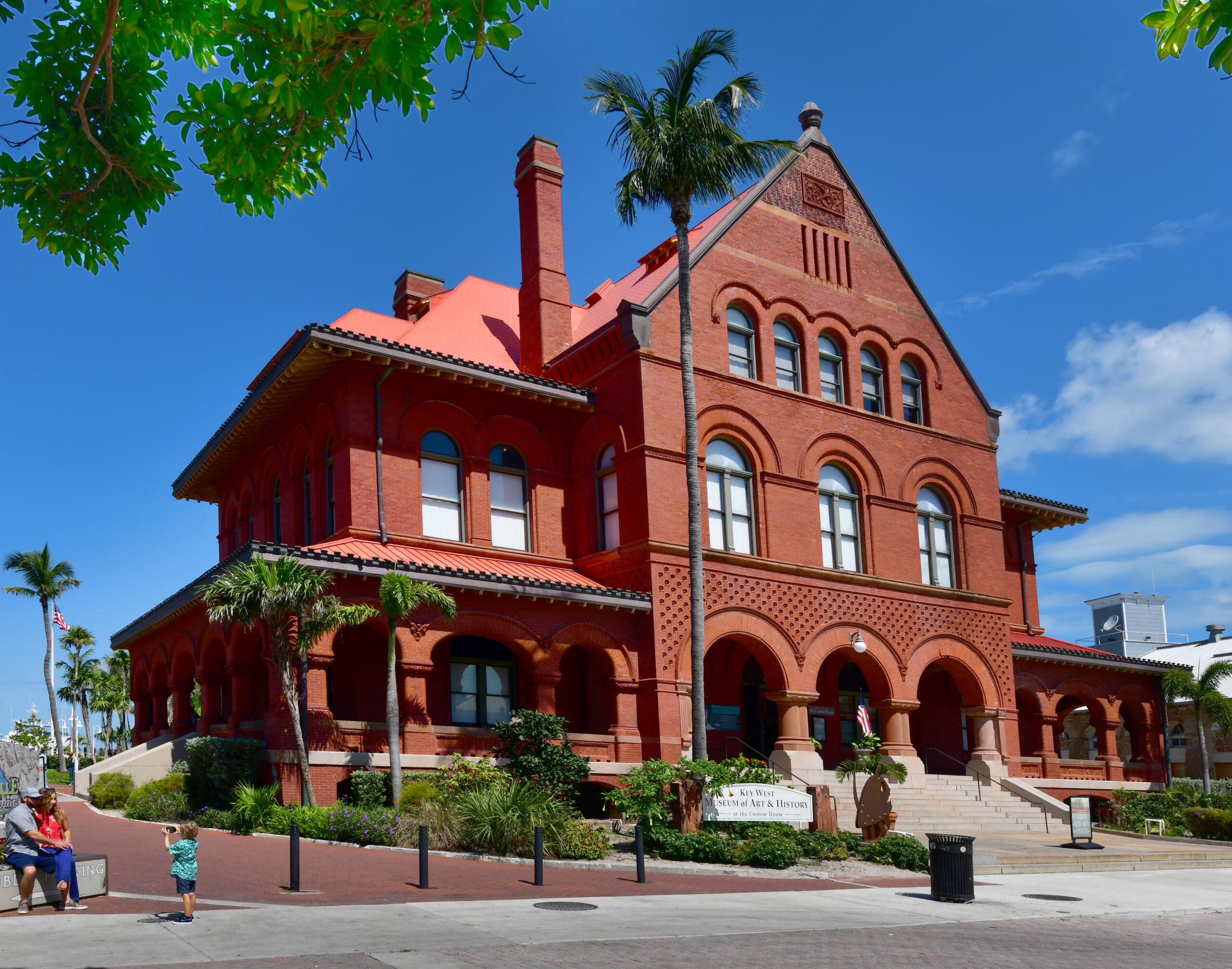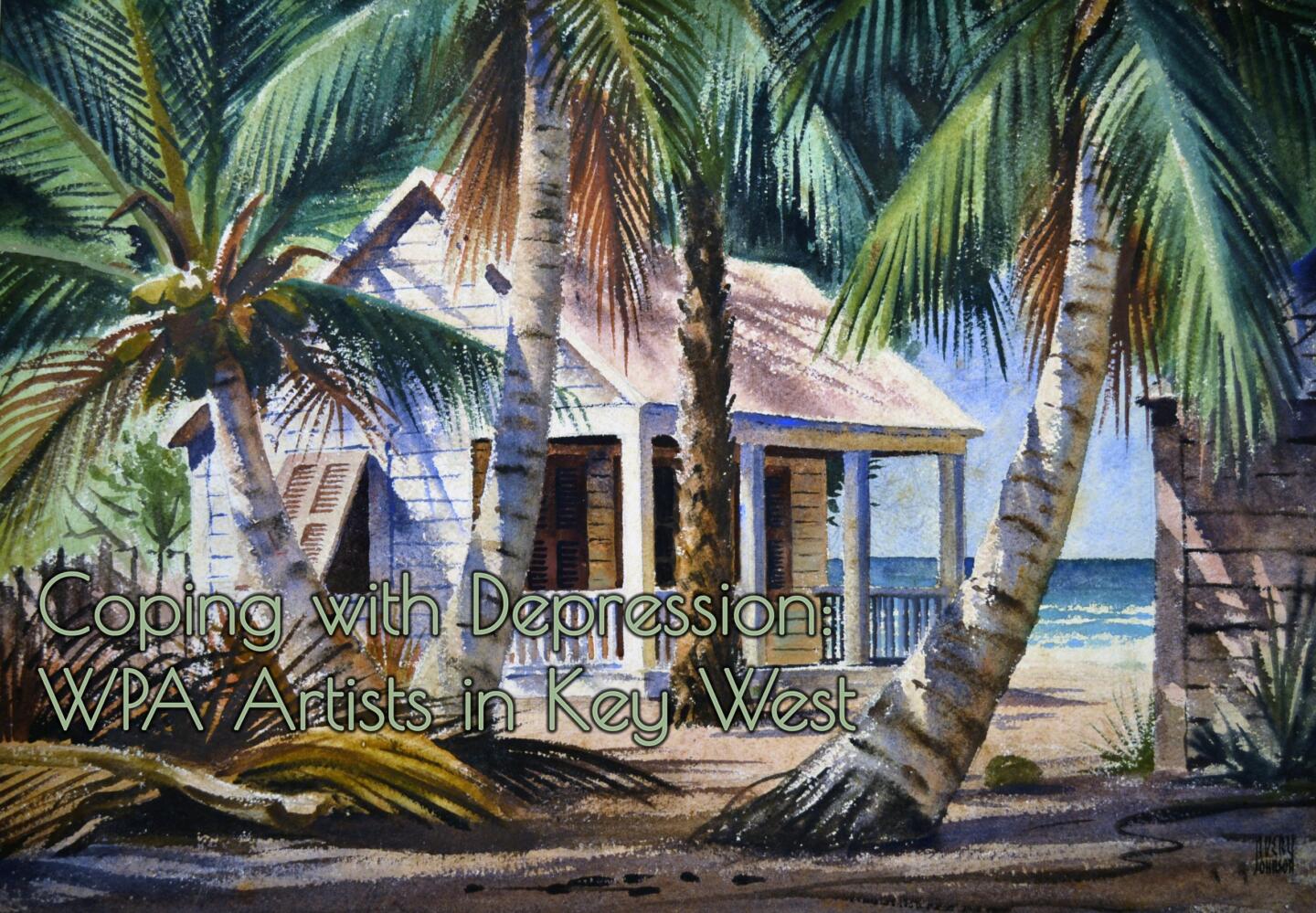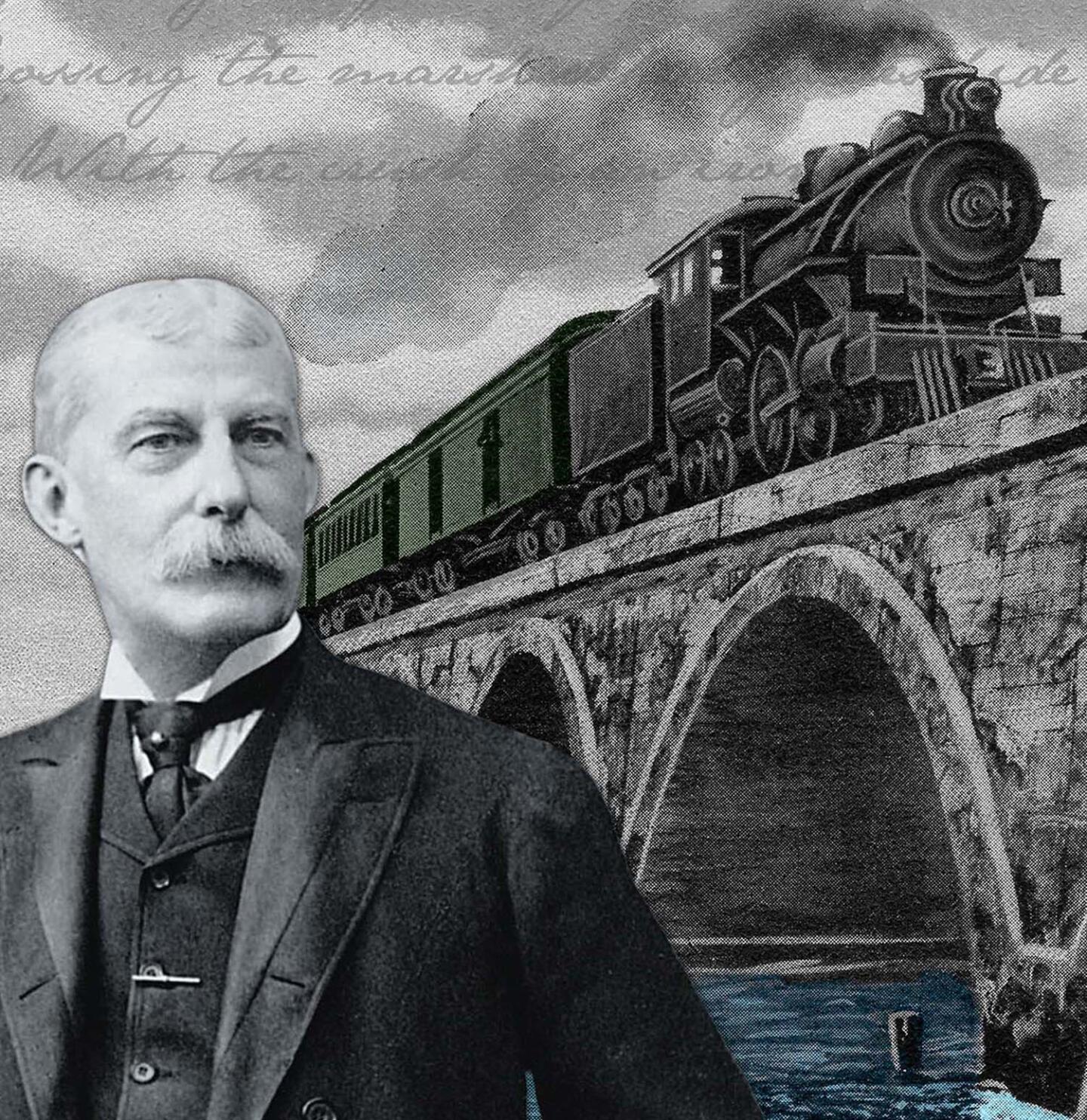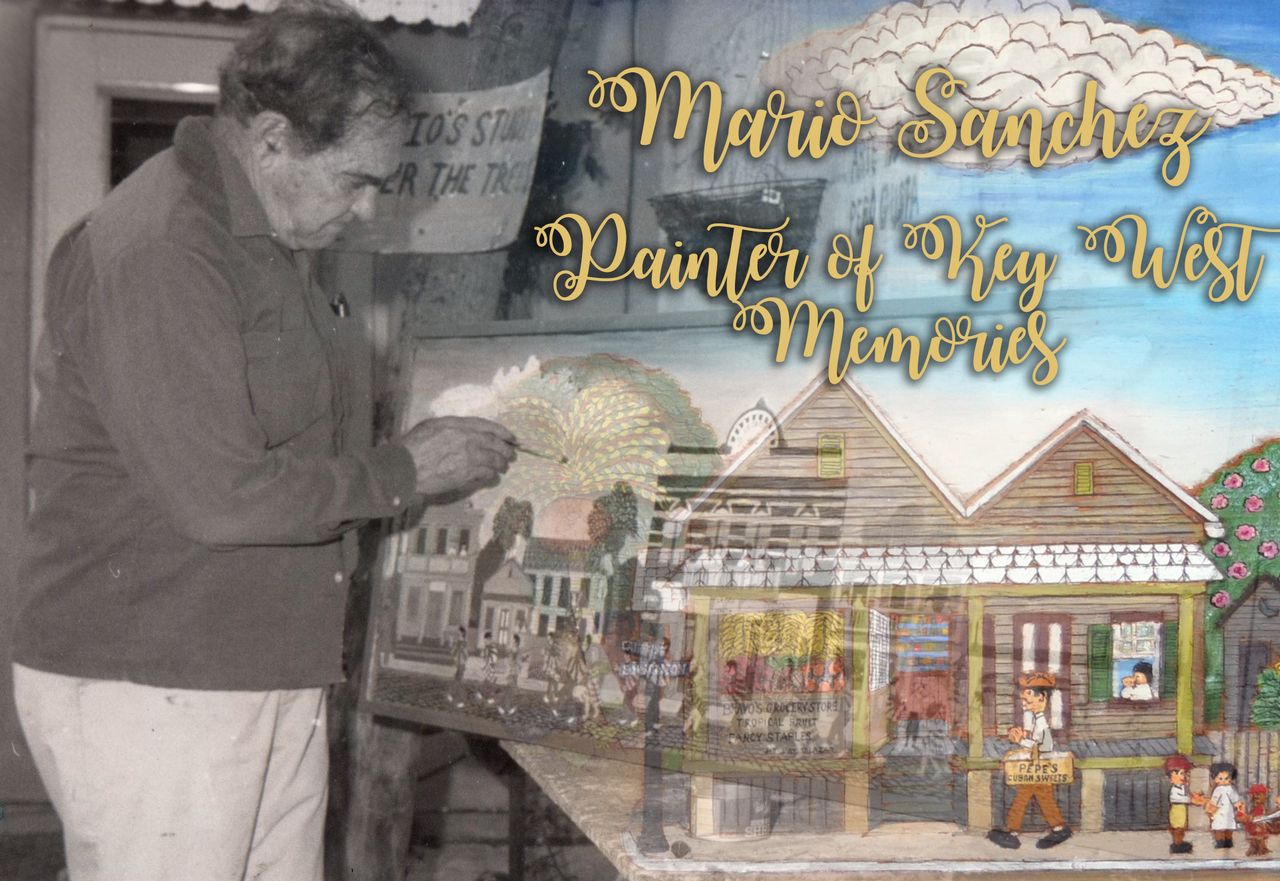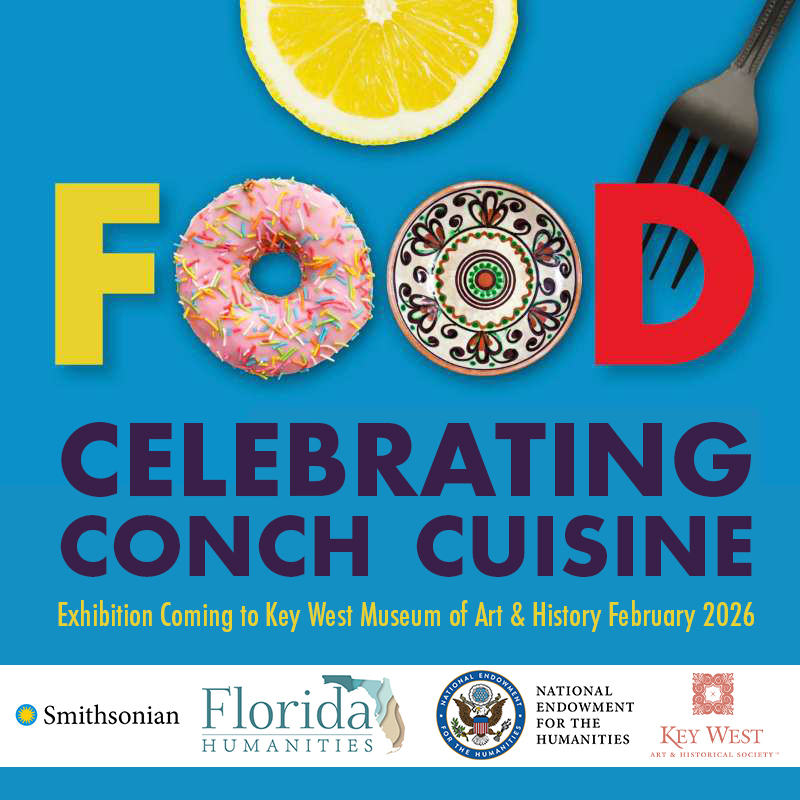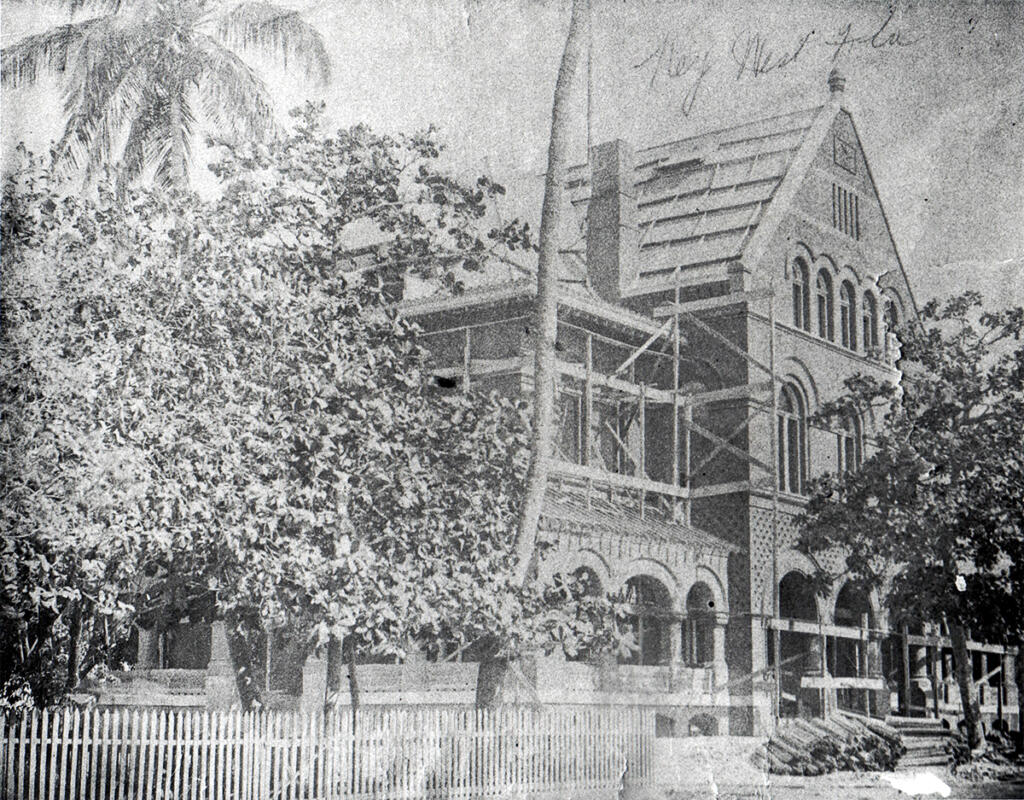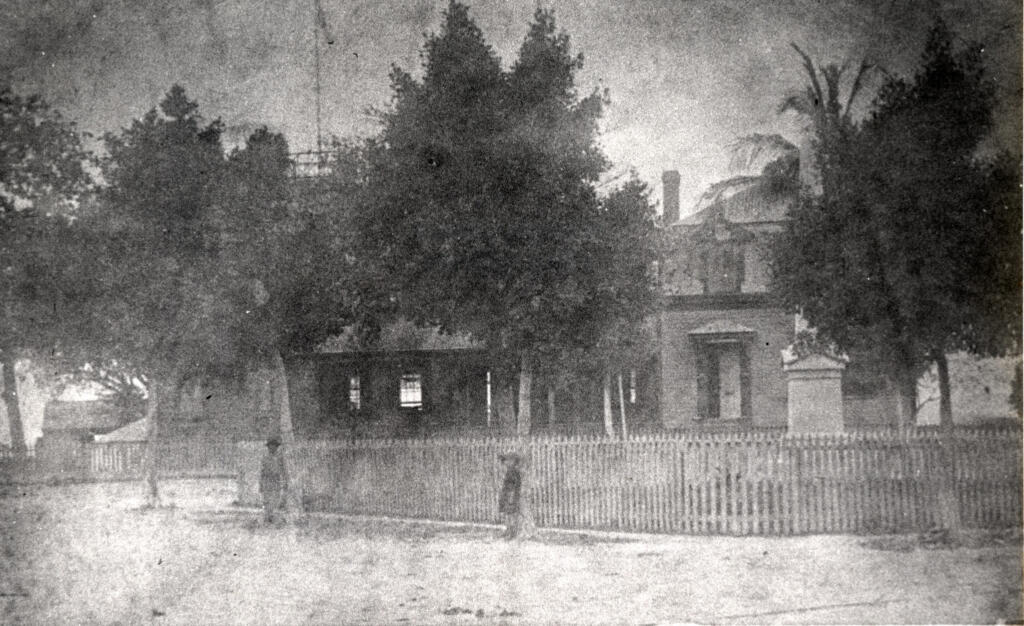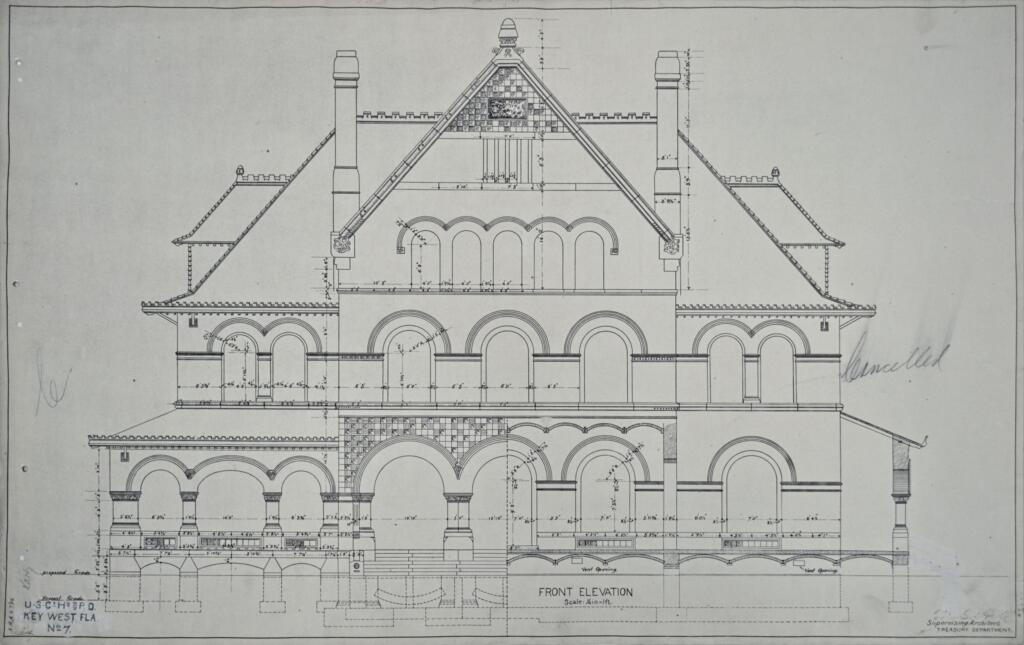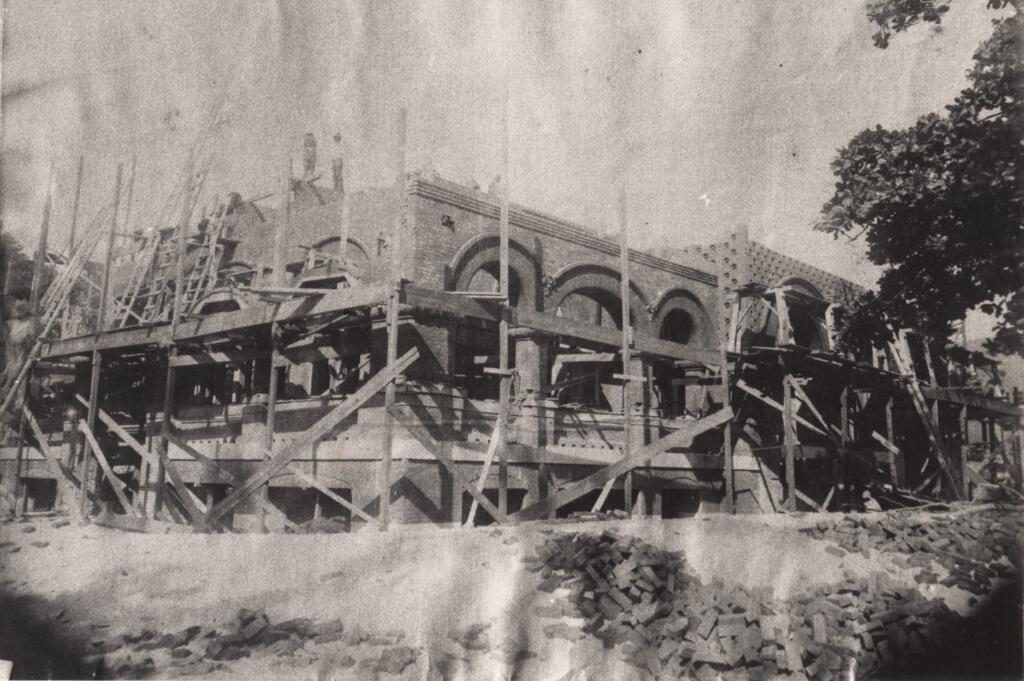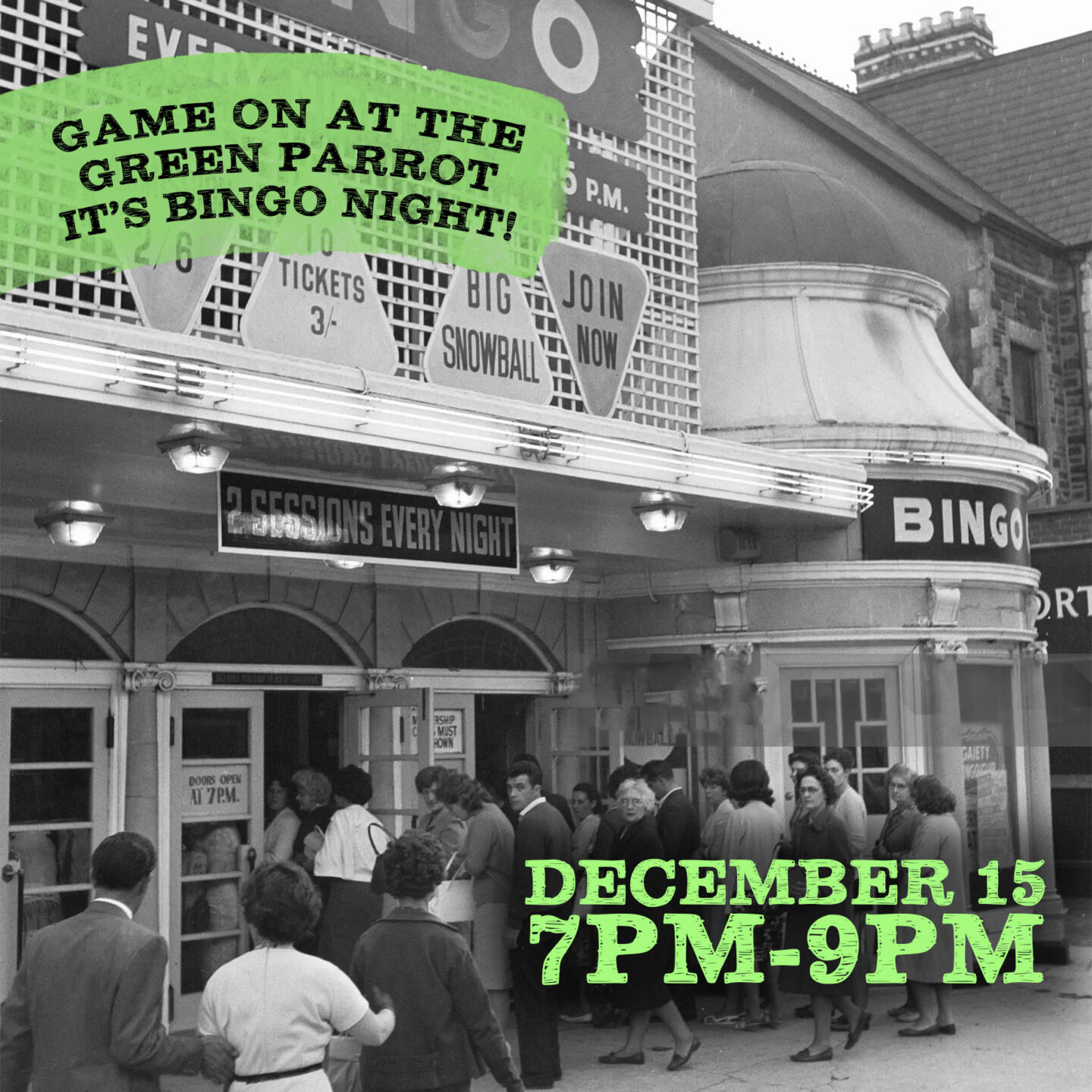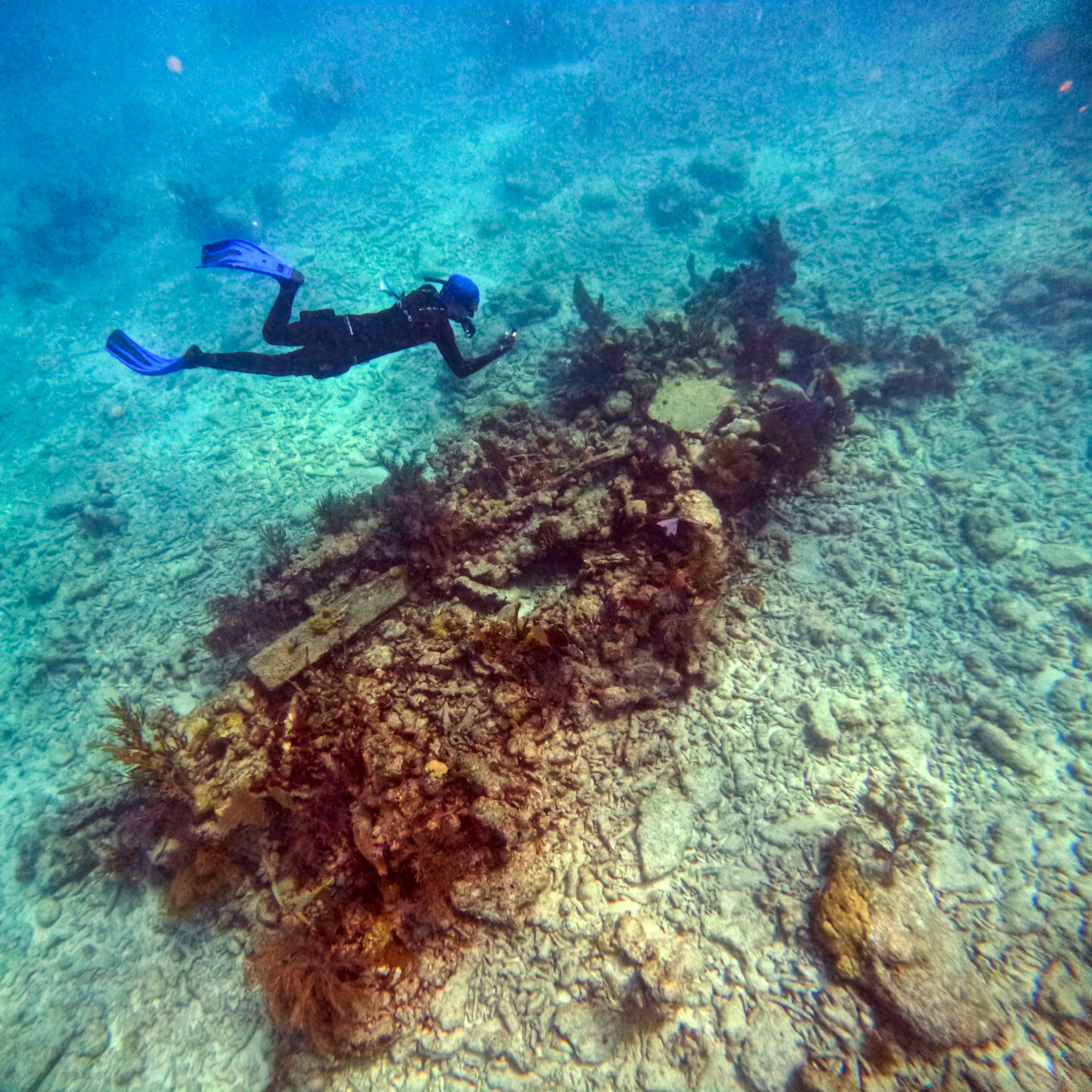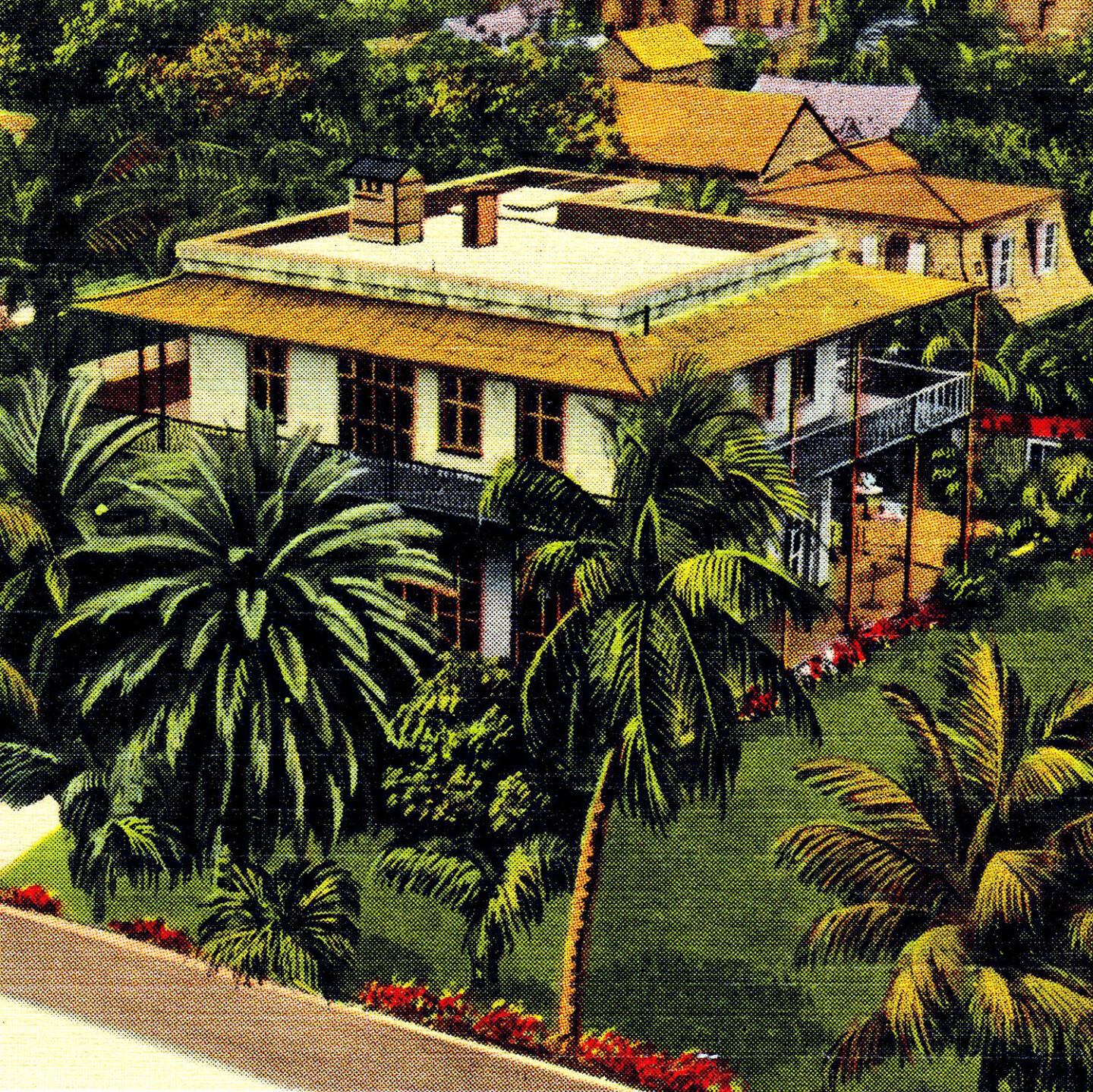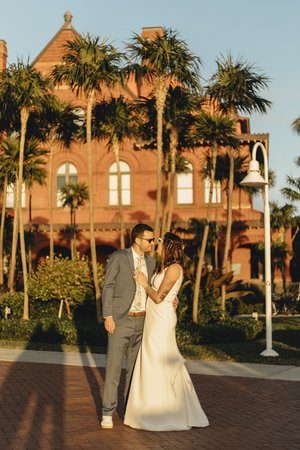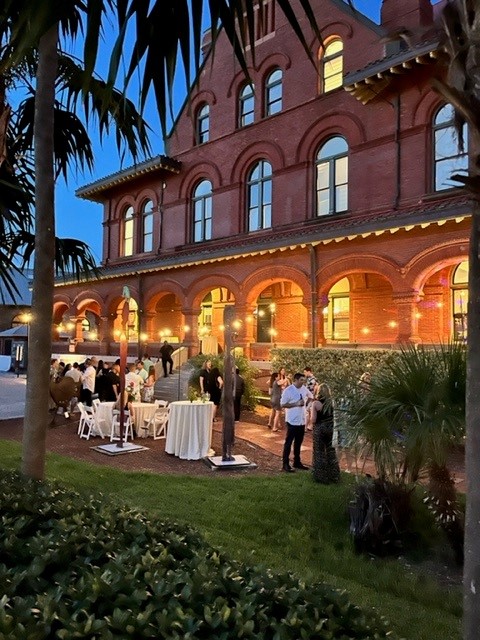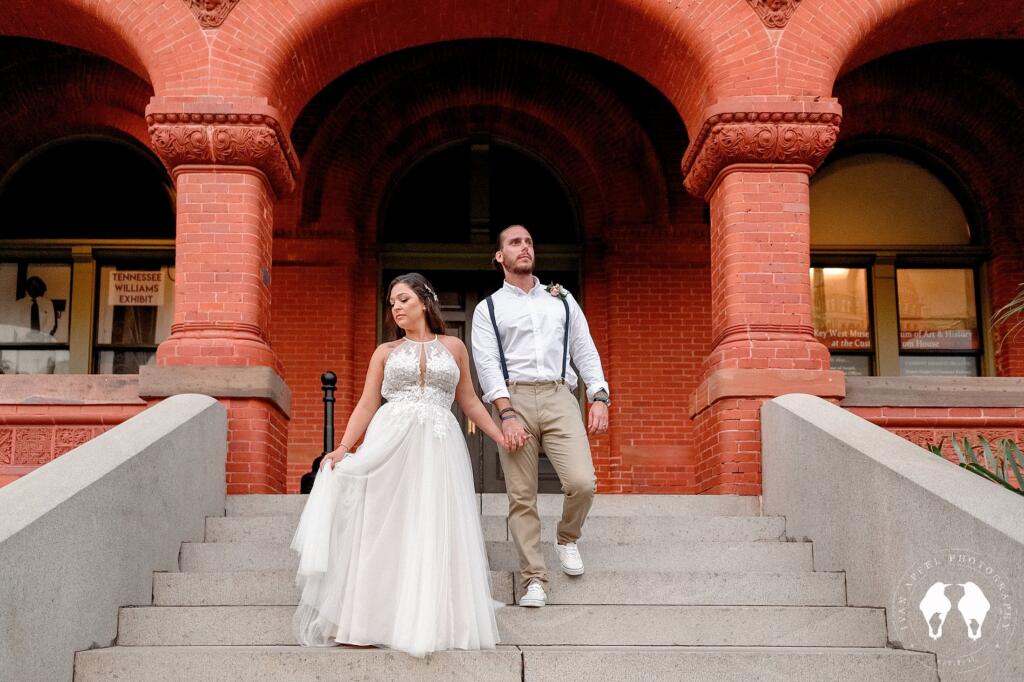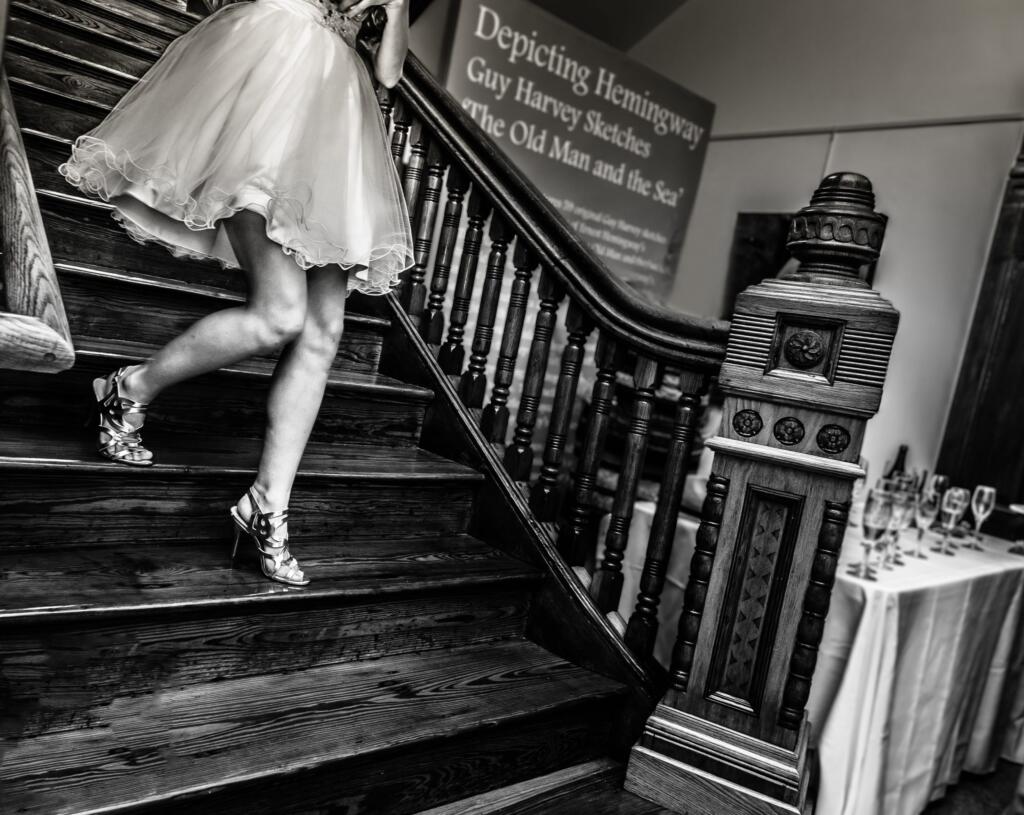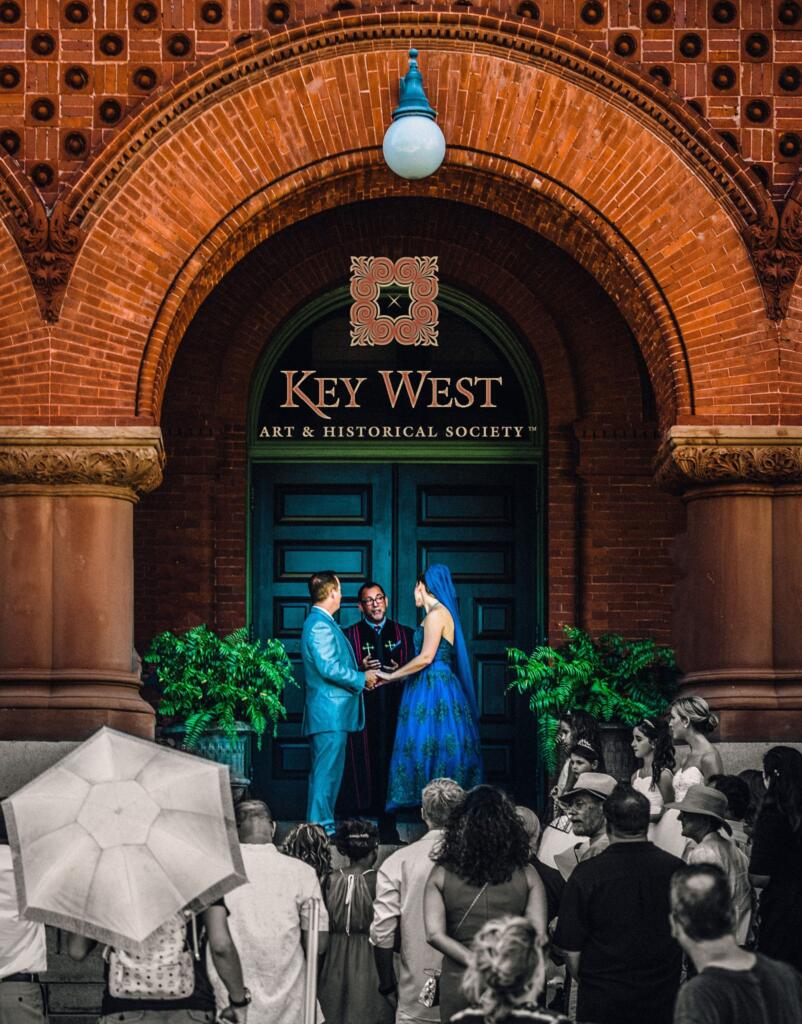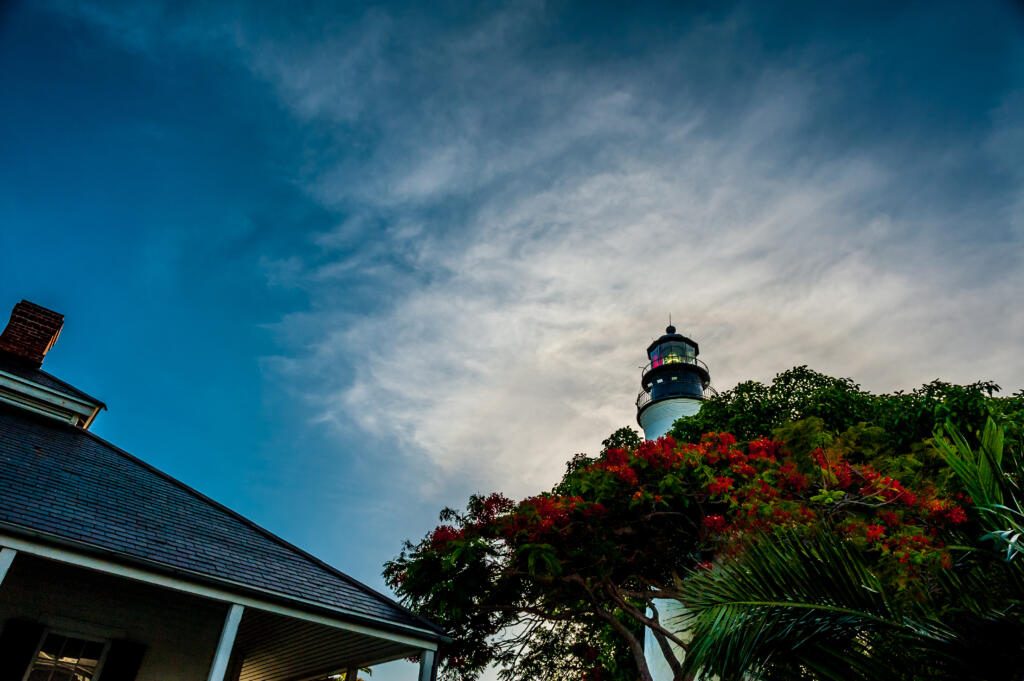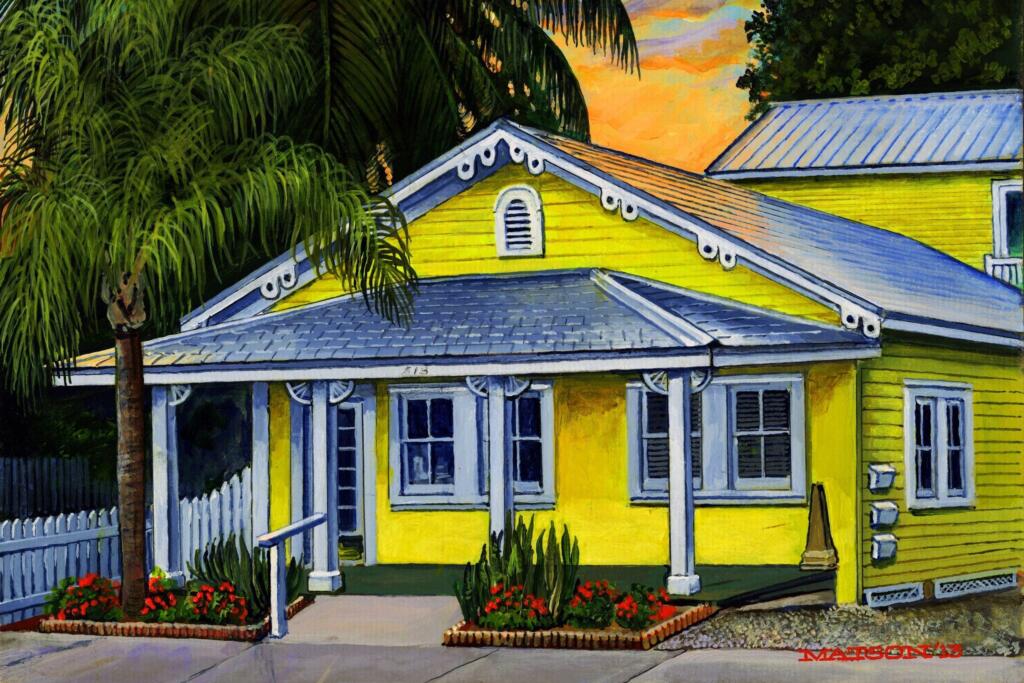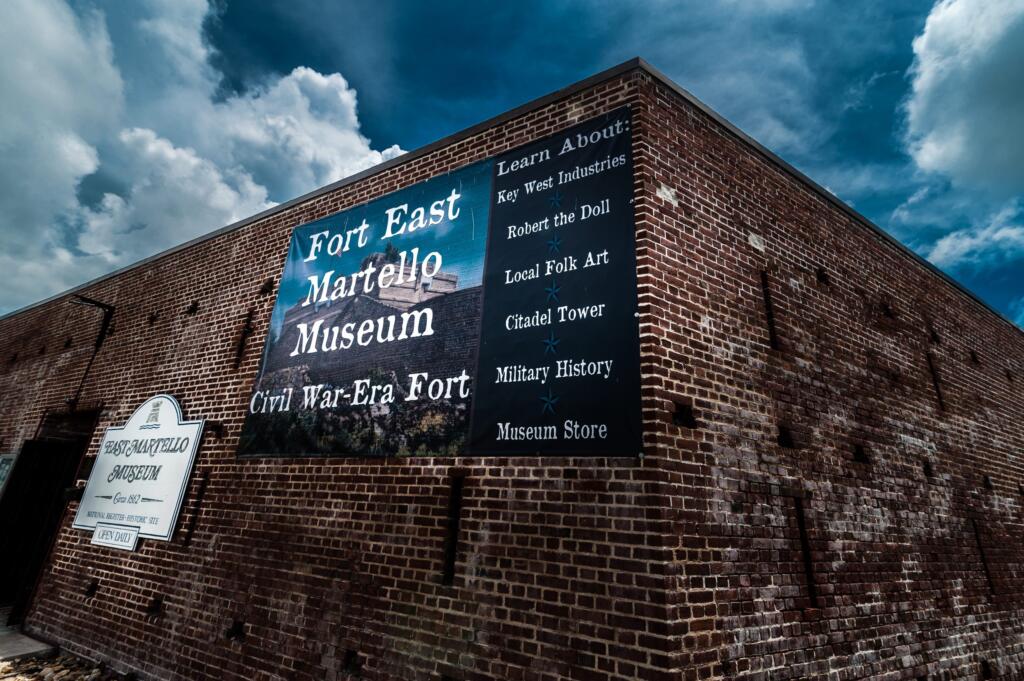History of the Custom House Building
In 1833, the federal government purchased land near Key West harbor and erected a small wooden structure to house its customs operations. So lucrative were the customs operations that by 1882 the annual revenue generated in Key West alone was greater than the amount of revenue received from all other Florida ports combined.
New Custom House Opens in 1891
Recognizing the importance of Key West’s growing economy, the U.S. Treasury authorized the construction of a larger building in 1885 to accommodate its customs operations. Despite difficulties and delays in construction, the Custom House opened in April 1891. The new building housed Key West’s Customs Offices, District Court, and Post Office. During its heyday, the Custom House heard thousands of cases and judgments ranging from rum runners to ship salvaging claims. The most significant proceedings dealt with the 1898 sinking of the USS Maine in Havana harbor, which lead to the Spanish-American War.
U.S. Navy Offices, 1930s-1970s
In the 1930s, the Customs Offices, the District Court, and the Post Office all moved into new facilities. The Navy moved some of its personnel into the building, converting it into a utilitarian office space. Despite the fact that in 1973 the Custom House was placed on the National Register of Historic Places, the Navy decided to abandon the building. With all of its former tenants relocated, the Custom House was sealed, fenced off and left to feral cats, transients, and general decay.
KWAHS Acquisition & Restoration
Throughout the 1980s, the Custom House’s future remained in doubt. Various plans were drafted which saw the historic building being converted into a yacht club and at one point even to an upscale resort. Ultimately, after being sold in 1991 to the Florida Land Acquisition Advisory Council, the Key West Art & Historical Society undertook the restoration of the dilapidated building. In 1993, historic renovations began on the building under the supervision of lead architect Bert Bender. What had originally cost less than $110,000 to build in four years cost nearly $9 million to renovate over nine years. Restoration of the building followed historical preservation guidelines and used original construction materials. The building required modernization in order to accommodate a public museum and offices. This necessitated the installation of additional stairwells, an elevator, climate-control, archival rooms, offices and facilities to accommodate over 300,000 visitors a year. With restorations completed in 1999, the Key West Art & Historical Society reopened the Custom House as the Key West Museum of Art & History. It stands as the architectural crown jewel on the island.

